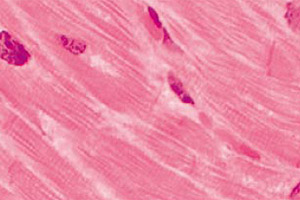In the biological organization, tissues make up the level between cells and organs.
In other words, tissues are groups of cells with a determined structure working together to carry out the same task.
Cells that make up determined tissue can and tend to be different, morphologically (form and size) and physiologically (specific function). However, what characterizes tissue is that each type of cell that comprise it carryout an indispensable role so that together, they realize the function.
Some types of tissues specialize in transporting materials, others in contraction to produce movement or circulation and others to secret hormones that regulate metabolic processes.
Types of tissues
According to its function and morphological characteristic, there are divers types of tissues., which are grouped in the following categories.
Epithelial Tissue: It is what is found in the external (skin) and internal (mucous) surfaces. In this type of tissue, the cells are closely linked forming sheets. Among the functions of the epithelium are: act as a protective barrier, transport material along its surface, absorb and synthesis various useful substances and contain sensitive nerve endings.
Connective Tissue: The epithelium are not capable of holding themselves together and need other tissues to do it, they are the connective tissues and among them there are: blood, adipose, cartilage and bone.
Muscle Tissue: It is made up of many specialized cells called muscle fiber. The muscle tissue is capable of actively modifying its shape., allowing contractions and movement.
Nervous Tissue: It is made up of two types cells, nervous (neurons) and glial. This tissue conducts the correct and punctual operation of all of the organs in the body.
Cartilage: It is a type of connective tissue and is characterized by closely united cells and a bit of material intercellular, but unlike bone tissue, it is extremely flexible, maintaining its resistance. It is made up of a net of elastic fibers and collagen inside a gelatinous component of fundamental substance. It is found in the area of the ear and the intervertebral discs, the ribs, the nose, larynx, trachea, among other parts.








 Muere Evita
Muere Evita